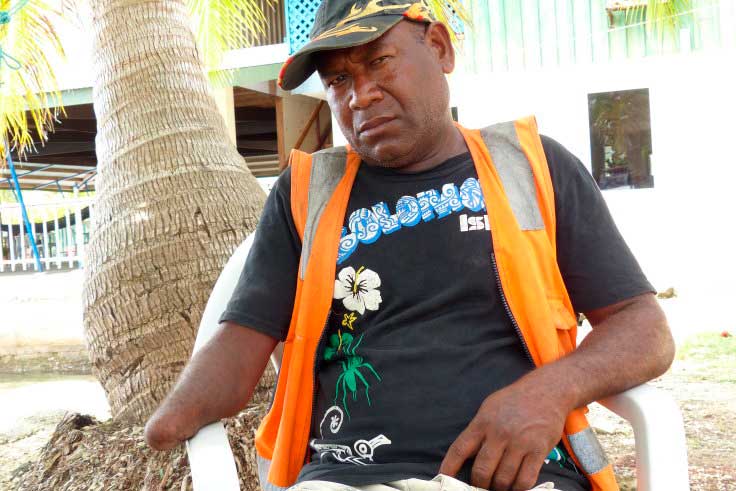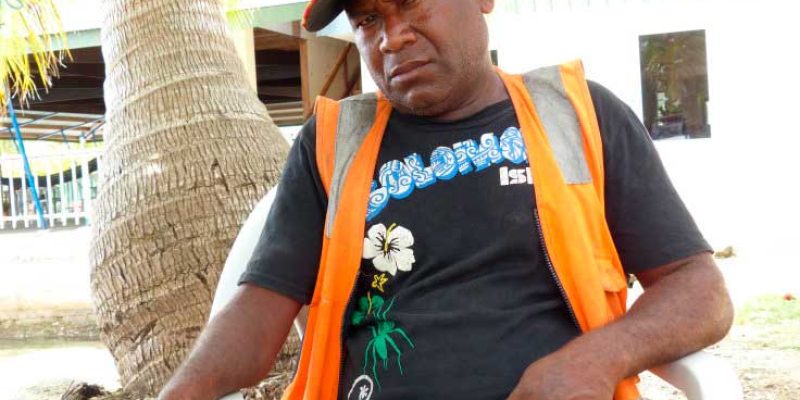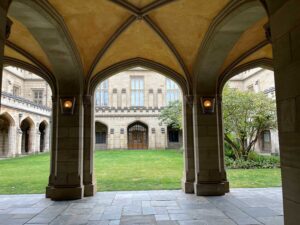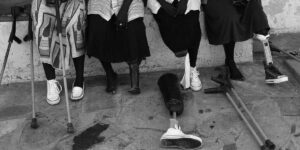Hardly a three-hour flight from Brisbane lies the small island nation of the Solomon Islands. Known by very few Australians, the Solomon Islands played a crucial role in the Pacific fight in World War II. Now, years later, this small country still bears the scars of war – unexploded ordnances (UXOs) are left scattered throughout the Solomon Islands, including the bustling capital of Honiara.
Earlier in 2020 two people, Australian Trent Lee, 40, and British national Luke Atkinson, 57, were killed in a bomb blast in the Solomon Islands. Lee and Atkinson were working for Norwegian People’s Aid, an organisation that operates in 19 countries to remove undetonated wartime explosives.
After WW2, the winning American forces were supposed to properly dispose of all unused munitions by dumping them deep in the ocean. This often didn’t occur, and 76 years later these hidden killers remained close to shore and forgotten.

UXOs also pose a heavy threat to local villages in the Solomon Islands: the locals have adapted to the existence of UXOs and have developed methods of fishing with home-made munitions, sourced from the explosives. These UXOs are scattered around the hills of the capital Honiara, and fishermen go in search of them to yield greater fish harvests. This proves detrimental to not only the fishermen that are killed by the unpredictable munitions and the homemade explosives, but to the environment surrounding the shores of the islands: coral reefs are damaged and often fish that are killed in the blast wash away before capture.
These resources dwindle as more and more fishermen source the piles of munitions, driving villagers dangerously further into the unmapped hills around Honiara to discover the explosives. Children looking for fun and adventure have also been caught up in the danger of the explosives, as the unmarked hills and forests conceal these UXO’s. Local timber cutters now live in fear of venturing into the hills, lest they come upon or disturb a UXO, affecting their jobs and income.
Australian technical consultant Nik West expressed shock at the level of Explosive Remnants of War (ERW) contamination when he started working with the Solomon Islands Electricity Authority. He quickly realized that everyone in Honiara considered running a metal detector over the area before digging to be normal.
“We often unearth old bombs, both large and small, in this work. This area surrounding Honiara was hit by everything during the war… The end result is here is a very large degree of ERW in this land. We are always using detectors, but despite that, one of my staff hit a large bomb once with a backhoe and unearthed it. The bomb did not explode, but it terrified the backhoe operator and he ran away home and was scared to come back to work.”
In total, an estimated 59 countries around the world have some level of landmine contamination and tens of millions of the deadly devices remain in the ground and active. The islands in the Pacific most affected by unexploded and dumped munitions are Papua New Guinea, Palau and the Solomon Islands. Even other islands such as Vanuatu, the Marshall Islands, Micronesia, Tuvalu, Nauru and Kiribati are affected to some degree.
This dangerous legacy of WW2 has continued to impact Pacific communities making it difficult for villages to expand without the risk of running across a stray UXO.



